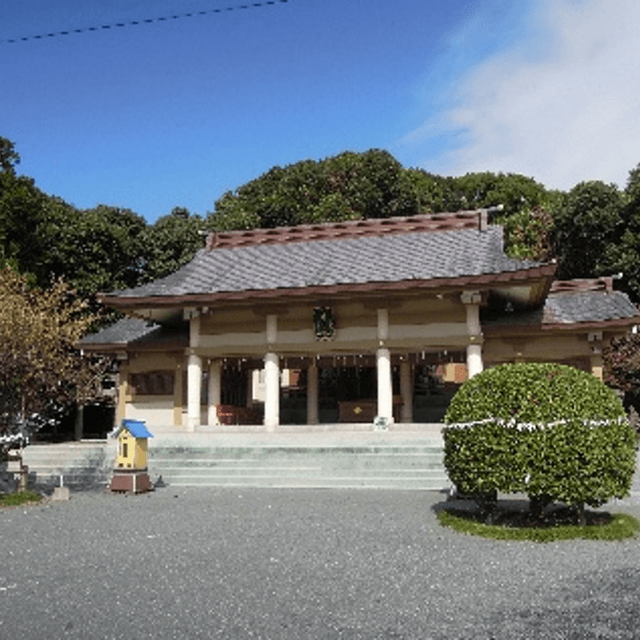
古くは荒津山(あらつやま)と呼ばれた景勝地に位置しています。展望台からは東に福岡市街地、北に博多湾や海の中道、志賀島など見事な景観が一望できるほか、四季折々の景色を楽しめます。市内有数の桜の名所であり、春は花見客で賑わいます。
黒田二十四騎母里太兵衛(ぼり(もり)たへえ)や幕末の志士平野国臣(ひらのくにおみ)の銅像、加藤司書(かとうししょ)の歌碑、徳富蘇峰(とくとみそほう)の詩碑、万葉歌碑(まんようかひ)など多くの先人の碑があります。
園内南東部に鎮座する光雲(てるも)神社は黒田孝高(くろだよしたか)(官兵衛(かんべえ)/如水(じょすい))・長政(ながまさ)を祀った神社で、孝高の法名「龍光院殿(りょうこういんでん)」と長政の法名「興雲院殿(こううんいんでん)」から一字ずつ採ってこの名が付けられました。
Set in a scenic area once known as Aratsu-yama, the park offers sweeping seasonal views: from the observation points you can look east over central Fukuoka City and north toward Hakata Bay, Uminonakamichi, and Shika Island. It is one of the city’s premier cherry-blossom spots and bustles with hanami (cherry blossom viewing) visitors in spring.
Monuments to many notable figures stand within the grounds, including bronze statues of Mōri Tahei (Mōri Tomonobu), one of the “Twenty-Four Kuroda Horsemen,” and the late-Edo loyalist Hirano Kuniomi, as well as a poem monument by Katō Shishō, a slab bearing a poem by Tokutomi Sohō, and Man’yō-era poem slabs. Terumo Shrine (Kōun Jinja), located in the park’s southeast, enshrines Kuroda Yoshitaka (Kanbei/Jōsui) and Kuroda Nagamasa. Its name takes one character each from their Buddhist posthumous names—“kō” (光) from Ryūkōin-den and “un” (雲) from Kōun’in-den.
スタンプを獲得すると、限定の壁紙をゲットできます。
スタンプを集めてね / Collect a stamp
限定の壁紙を獲得しました。
以下のボタンから壁紙を表示し、長押しで”写真”に保存してください。
